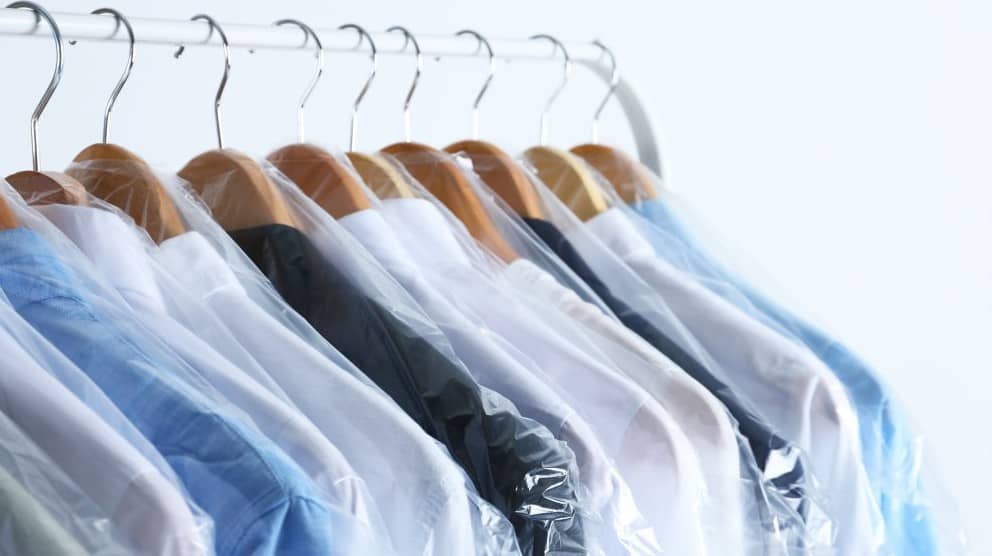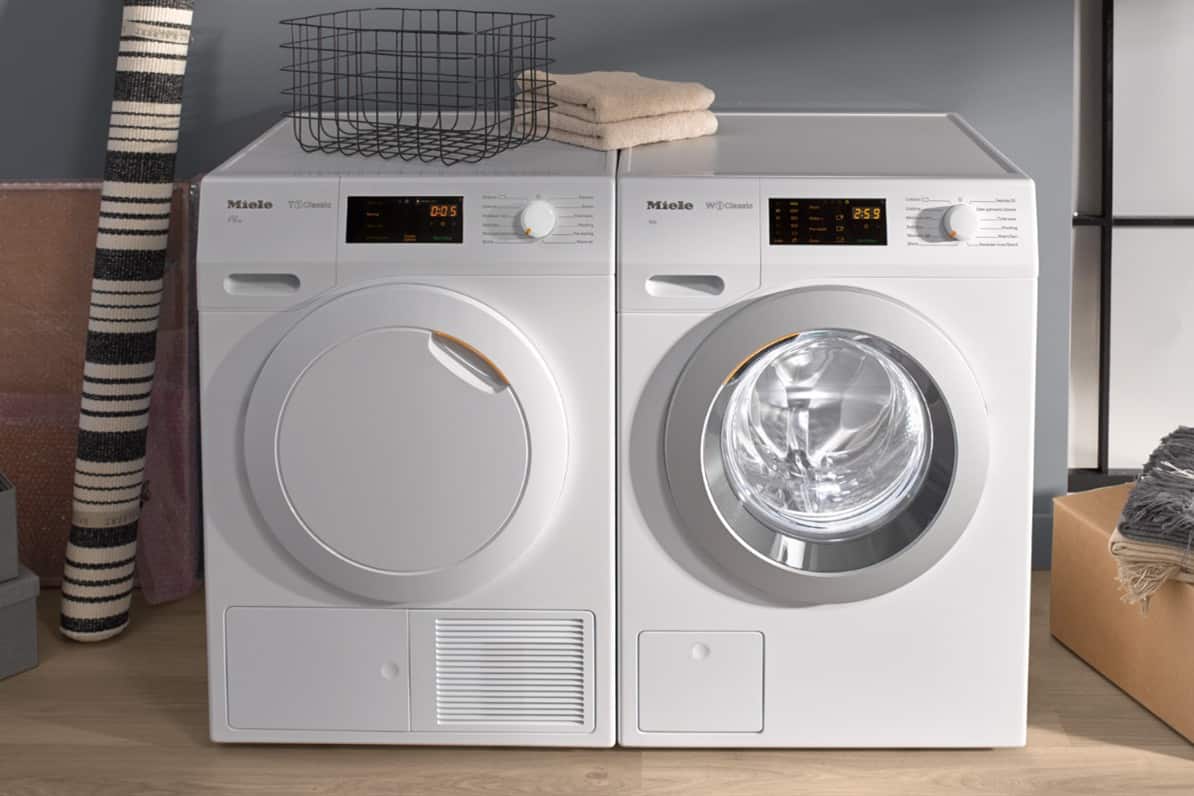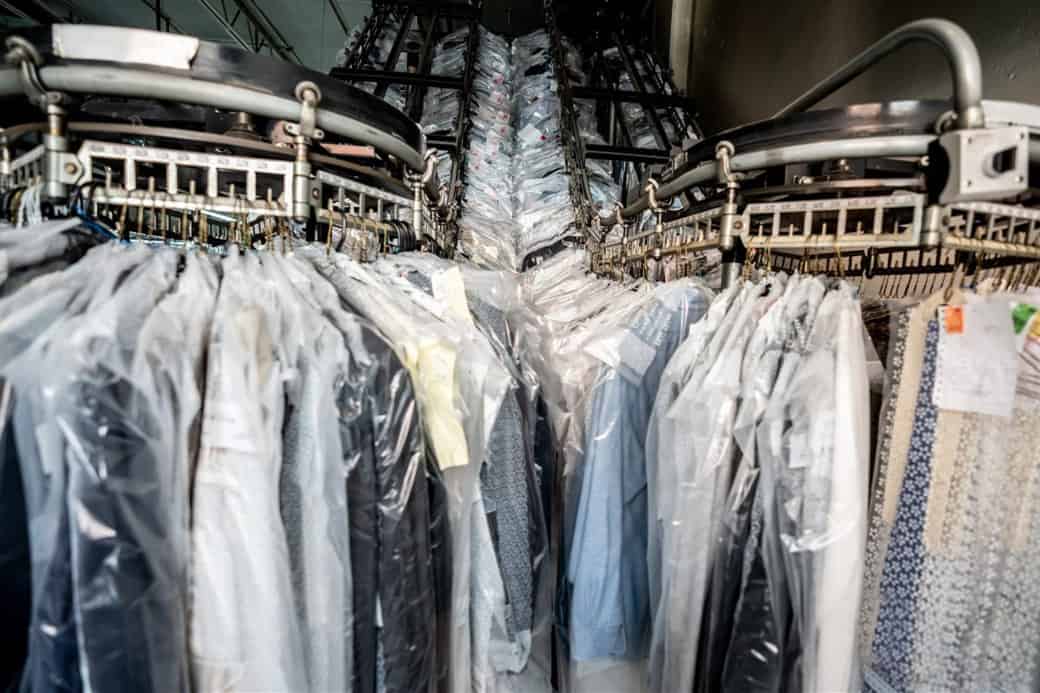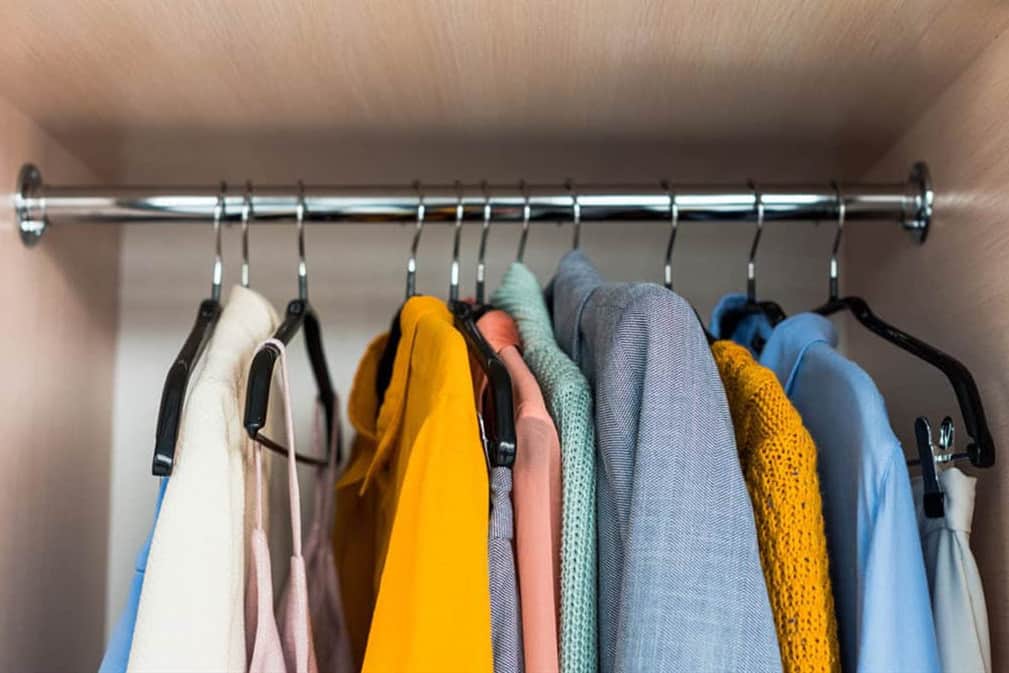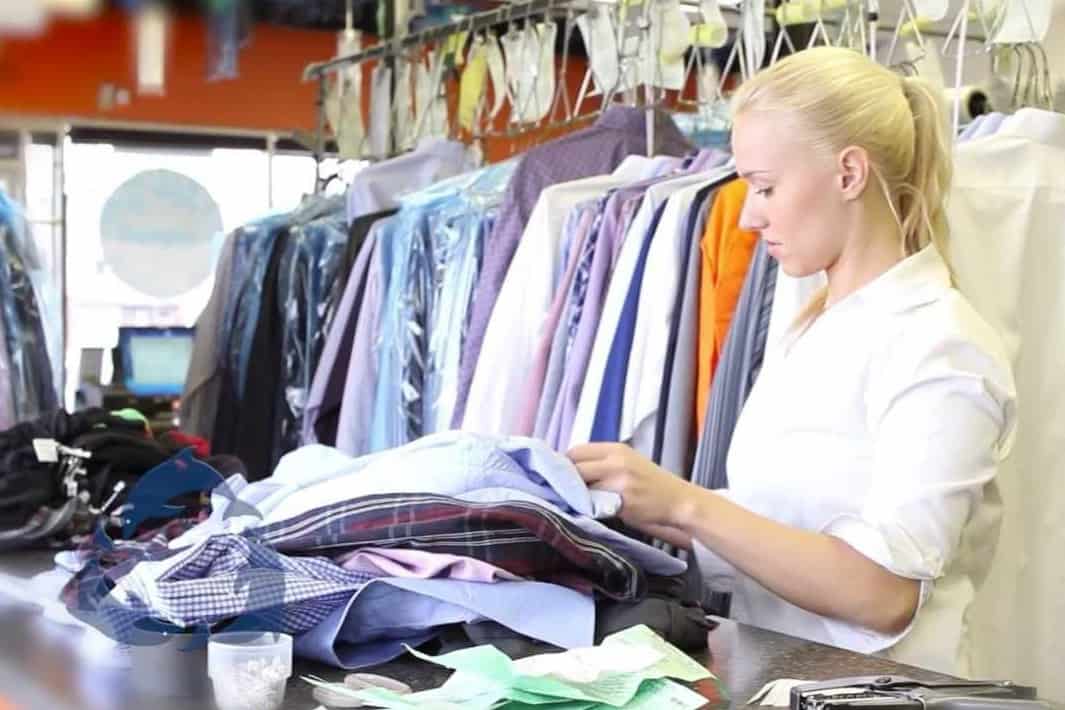Not every type of clothes is meant to be washed the traditional way. Due to their peculiarities, some clothes are meant to be dry cleaned. Taking such clothes to a dry cleaner can be expensive, but there are simple steps you can follow to dry clean your clothes at home. Besides, you’ll be sure of the quality of care your clothes receive when you dry clean yourself.
Why Dry Cleaning?
Dry cleaning is a process in which you use liquid solvents other than water and detergent in washing your clothes. These liquid solvents include perchloroethylene, etc., and are usually colorless and more effective than water. Sometimes, delicate hand washing is included too.
Dry cleaning helps preserve delicate fabrics, get rid of tough stains, save time, and also extend the longevity of your clothes. It also protects your clothes from heat or water damage, common when using a washer to clean your clothes. Its effects on your clothes are gentle and mild.
However, it is a bit expensive and might cause chemical stains on your clothes if not done correctly. Besides, its usage and effectiveness are restricted to some types of clothes depending on what they are made of.
When To Dry Clean Your Clothes
There is no specific time to dry clean your clothes, but you should do so when they are dirty. However, you might have to repeat some clothes before you dry clean them to make them last longer. Ensure you check the care label of the clothes to see if they are dry cleaning compliant before you dry clean them.
What You Need For Dry Cleaning
You don’t need any special equipment to dry clean your clothes. You might have all you need right in your house. And if you don’t, you can invest in the right equipment.
The dry cleaning machine
The dry cleaning machine is handy when it comes to washing clothes at home. It is almost the same as a combination washer and dryer. It is expensive, but if you can buy it, you would enjoy dry cleaning at home and save yourself some money.
The tumble dryer
After you have washed your clothes with the dry cleaning machine, you need to use the tumble dryer to remove any form of moisture in your cloth. The tumbler dryer uses hot air to dry clothes. There are various types, such as the Vented Tumble Dryer, The Condenser Tumble Dryer, and the Heat Pump Tumble Dryer.
The iron and ironing table
To ensure that your dry-cleaned clothes are free from any wrinkles, you need to iron them. Your iron must be good enough to remove creases and wrinkles from your clothes, while the ironing table must be strong enough to withstand the weight of your ironing. It should also make the ironing process easy and convenient.
Hanger or racks
After ironing, you need hangers or racks to hang the dry-cleaned, ironed clothes in your closet. Hanging prevents your clothes from getting dirty or wrinkled, which is the effect of poor handling. There are various kinds of hangers you can choose from, including the wire hanger, foldable hanger, wooden hangers, etc. Whichever you settle for, ensure it does what you want.
Laundry Cleaning and Dry Cleaning: Any Difference?
One of the qualities of being committed to caring for your clothes is knowing the fundamental difference between laundry cleaning and dry cleaning. This will help you make better decisions when handling your clothes. Below are the differences between both types of cleaning.
Use Of Water
While dry cleaning is defined as using solvent liquids other than water and detergent to wash clothes, laundry cleaning is the washing of clothes with water and usual soap. As such, you use water in laundry cleaning, while dry cleaning involves using other chemicals.
Type of clothes
Usually, clothes that can’t withstand hand washing or machine washing are dry cleaned. Such clothes include rayon, taffeta, silk, wool, acetate, etc. You’ll find clear instructions about dry cleaning on the care label of these clothes. As regards laundry cleaning, clothes like cotton, lace, cashmere, etc. This is because such clothes can withstand the rigors of handwashing or the washer.
Cost
Dry cleaning is more expensive than laundry cleaning because the solvent liquids you need are quite costly. You might need to buy some equipment you don’t originally have too, unlike laundry cleaning, which only requires the use of detergent and water and, if you have, a washer.
Laundry Cleaning or Dry Cleaning: Which Is Better?
Laundry cleaning is a step higher than dry cleaning. It ensures the thorough washing of your clothes, while dry cleaning only focuses on the parts with stains on your clothes.
Between the two, none is better. Even though laundry cleaning allows for water and detergent to penetrate your clothes, thereby making them thoroughly clean, it isn’t fit for all clothes. If you misuse the method, you’d be doing yourself a disservice. As such, you should stick to the method that works best for your clothes.
Whichever method you use, do it carefully. For example, the chemicals used in dry cleaning are toxic, so they should be disposed of appropriately after you’re done with the process. If laundry cleaning, go for mild but effective soaps and avoid washing clothes of different colors in a cycle.
6 Steps To Dry Clean Your Clothes At Home
Dry cleaning your clothes at home doesn’t have to be difficult; here are six simple steps to get the job done.
Sort Your Clothes
The first thing you should do is sort the clothes based on the material, texture, color, and other factors. You can check the clothes’ labels as they provide further information on sorting them before washing. Ensure you’re dry-cleaning clothes that are meant to be dry cleaned.
Use a stain remover
After sorting out the clothes to be dry cleaned, use the stain remover with your dry cleaning kit. Apply the stain remover only to the stained places. If you apply it to the whole fabric, you’ll ruin it.
Put the clothes in the dry cleaning bag
After applying the stain remover to the clothes, put them into the dry cleaning bag. Ensure that the clothes are of non-transferable colors to prevent color bleeding. Also, the bag mustn’t be full to allow the clothes to rotate. When all these are set, unfold the dry cleaning sheet and put it inside the bag.
Use the dryer
You need to put the dry cleaning bag inside the dryer. Set the dryer to low heat. Once the dryer heats the bag, the dry cleaning sheet, which usually contains an emulsifier, water, and perfume, will emit steam to remove wrinkles from the clothes and give them a nice fragrance. Ensure the bag doesn’t stay in the dryer for more than 30 minutes to protect the clothes from getting more wrinkled.
Iron the dry-cleaned clothes
After removing the bag from the dryer, take out the clothes and check to see if all stains are gone. Don’t iron a clothing item that’s still stained, as that will cause the stain to set and damage the fabric forever. If you can still find stains, apply the stain remover on the spot. After, iron them. Set your iron to medium heat to get rid of the creases on the clothes. However, you should use a steamer.
Store properly
After ironing, hang the dry-cleaned clothes in your wardrobe. This way, they’ll get enough air and won’t have to be dry cleaned every time.
What Types Of Clothes Should Be Dry Cleaned?
As good as it is for you to dry clean your clothes, you should remember that not all kinds of clothes can be dry cleaned. Here are some types of clothes that you can dry clean at home.
Silk
If you have clothes made of silk, don’t hesitate to dry clean them because they are tough and don’t absorb all the dyes used in coloring them. Dry cleaning silk clothes make their color vibrant for long and free from any damage.
Leather
When you dry clean clothes made of leather, you can successfully remove any form of oil smear or ink stains on them. However, you should be careful whenever you are dry cleaning them to avoid scratches. If you can’t handle your leather clothes, you should take them to a professional.
Wool
Clothes made of wool are durable and wouldn’t shrink as long as you dip them into water. Dry cleaning wool clothes prolongs their lifespan.
Linen
Linen clothes are made of flax which makes them stronger than cotton. When dry cleaning linen clothes, be careful how you handle them. They must also be ironed after dry cleaning if you want them to retain their quality and make a good appearance with them.
Suede
If you don’t have enough experience in dry cleaning, don’t even try to dry clean a Suede cloth. You might end up ruining it. It would be better to give them to a professional dry cleaner because they are expensive and hard to maintain. They are also very sensitive to moisture and chemical-based cleaners.
Denim
If you are a fan of denim clothes, don’t hesitate to dry-clean them. As long as your dry cleaning process involves chemicals, your denim clothes can’t lose their indigo dye or even fade. They are known to be durable and rugged, so you don’t have to think about shrinkage.
Sequinned/beaded clothes
If you’ve ever washed sequined or beaded clothes, you can testify to how the beads or sequins fall off after every wash making the clothes lose their appeal over time. As such, they should be dry cleaned to retain their quality.
Summary
Dry cleaning your clothes at home is stress-free and cost-saving as long as you know how to do it and have the right equipment. However, keep in mind that not all clothes should be dry cleaned, such as plastic or PVC clothes. Also, don’t leave the chemicals used in the dry cleaning process lying around for long as they are dangerous; dispose of them immediately.

Jessica Oliver is a fashion enthusiast with more than ten years of experience in the industry. She previously managed her own clothing store in New York before becoming a mother of three. With a passion for sustainability and a desire to share clothing care and recycling tips.


